The miniskirt is a short skirt whose length can be anywhere from 3 inches above the knee to just a hem covering the buttocks. The variation in length is determined by fashion trends. The miniskirt was officially introduced between 1963 and 1965, but in 1955 both British designer Mary Quant and French designer André Courrèges drafted designs for skirts and short dresses that came above the knee. The two designers each claimed credit for the invention but the Quant is more popular for having been the unofficial uniform for young women in the mid-1960’s during the heady days of Swinging London and for its popularity in the marketplace which ensured the style would gain acceptance on a large scale. Mary Quant has been known to say: "Neither I nor Courreges first had the idea of the miniskirt. It was the girls on the street”. During the 1960’s young people were given to protest, putting every aspect of civillian life on trial. This dissent and revolt would naturally be manifested through the fashion of the era.
It was also during this time that a new cultural aesthetic came into play. A desire for simplified and more compact items even led smaller cars. Automaker Austin introduced “the mini”, a much smaller car that gained tremendous popularity in Europe. It would seem that Mary Quant was inspired by the car’s name and dubbed her new skirt appropriately. The miniskirt became a symbol of a new freedom for women. While this trend angered the more conservative values of the older generation, it was only natural that fashion, body image and one’s self-management refelected the social and political morays of the times. In 1966, Jackie Onassis appeared in public wearing a miniskirt, causing the New York Times to comment: "The future of the miniskirt is now assured." The beginning of the seventies saw the cultural acceptance of the miniskirt phenomenon. With militant feminism on the rise the miniskirt lost its potential for provocation. In the eighties, designer Vivienne Westwood conformed the style to the tastes and trends of the punk movement. Giorgio Armani and Karl Lagerfeld for Chanel chose to design miniskirts that were light and flowing. Azzedine Alaïa, Thierry Mugler and Gianni Versace reinterpreted the design in a version made of tight elastic fabric.
It was also during this time that a new cultural aesthetic came into play. A desire for simplified and more compact items even led smaller cars. Automaker Austin introduced “the mini”, a much smaller car that gained tremendous popularity in Europe. It would seem that Mary Quant was inspired by the car’s name and dubbed her new skirt appropriately. The miniskirt became a symbol of a new freedom for women. While this trend angered the more conservative values of the older generation, it was only natural that fashion, body image and one’s self-management refelected the social and political morays of the times. In 1966, Jackie Onassis appeared in public wearing a miniskirt, causing the New York Times to comment: "The future of the miniskirt is now assured." The beginning of the seventies saw the cultural acceptance of the miniskirt phenomenon. With militant feminism on the rise the miniskirt lost its potential for provocation. In the eighties, designer Vivienne Westwood conformed the style to the tastes and trends of the punk movement. Giorgio Armani and Karl Lagerfeld for Chanel chose to design miniskirts that were light and flowing. Azzedine Alaïa, Thierry Mugler and Gianni Versace reinterpreted the design in a version made of tight elastic fabric.
RELATED


LAS MENINAS


THE LAST SUPPER


YOUNG WOMAN WITH UNICORN
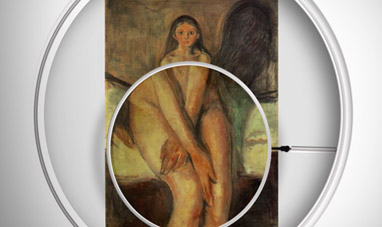

PUBERTY


INNOCENT X


DAVID (MICHELANGELO)


SOLOMON R. GUGGENHEIM MUSEUM
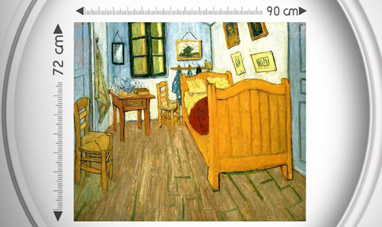

THE BEDROOM
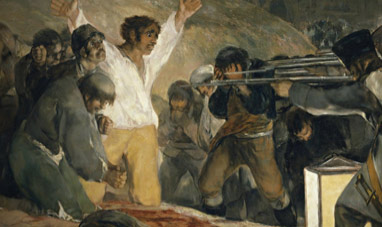

THE THIRD OF MAY 1808: THE EXECUTION OF THE DEFENDERS...


MADONNA OF THE GOLDFINCH


STARRY NIGHT


FAMILY OF ACROBATS, WITH MONKEY


THE CALLING OF ST. MATTHEW


MANNERISM


LOVE SONG


THE SISTINE CHAPEL


DISQUIETING MUSES


GIOTTO-S-FRESCOES-IN-THE-ASSISI-CATHEDRAL


THE MADONNA DI OGNISSANTI


SCROVEGNI CHAPEL


WATER LILIES (SERIES)


THE ECSTASY OF SAINT TERESA


KATE MOSS


THE MACCHIAIOLI


YOUNG BOY WITH A BASKET FRUIT


LADY WITH AN ERMINE
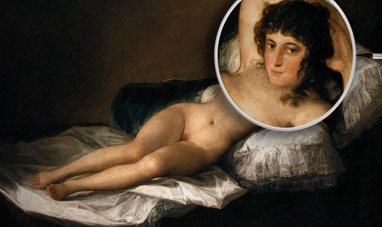

THE NUDE MAJA


IMPRESSIONISM


BASKET OF FRUIT
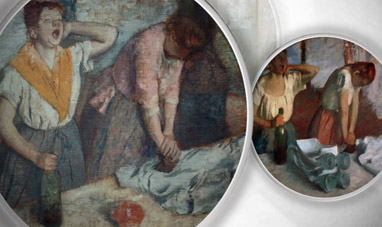

WOMEN IRONING


THE SCHOOL OF ATHENS


SATURN DEVOURING HIS SON
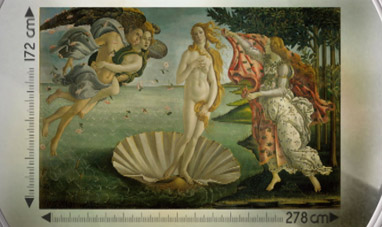

THE BIRTH OF VENUS
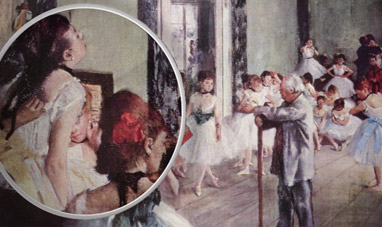

THE DANCE CLASS


ROMANTICISM


CARA DELEVINGNE
